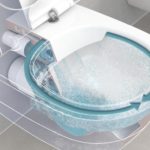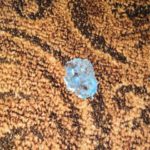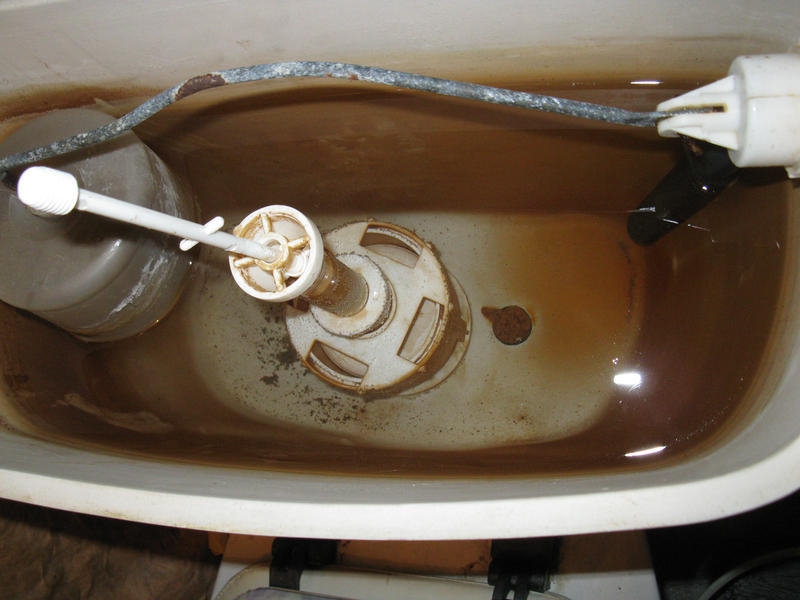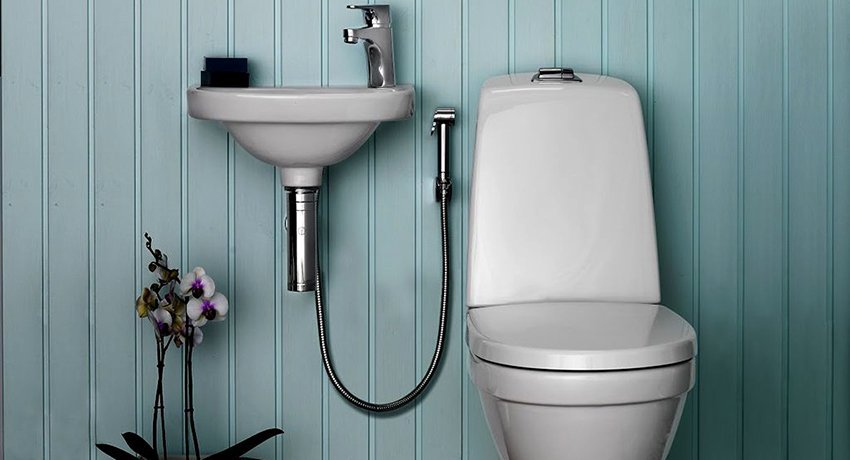How to remove limescale in a toilet
Each house has plumbing fixtures, including a toilet. To ensure that the product does not lose its attractive appearance and serves for many years, it requires regular, careful care. Every good housewife knows about this and tries to keep the plumbing clean.
But what to do if limestone deposits begin to accumulate on the surface of the toilet? This problem is unpleasant, but it can be overcome. Let's look at what ways there are to deal with limestone deposits that have begun to accumulate on new plumbing fixtures or that you “inherited” from the previous owners of the apartment.
The content of the article
Causes of plaque in the toilet
Before you begin to solve the problem, you need to find out the cause of its occurrence. This way you can avoid the reappearance of limescale.
What is limestone? Plaque is deposits of limestone and other minerals found in tap water. These substances are found both in water from open reservoirs and in water that has undergone multi-stage purification. It turns out that the more often you drain the water, the faster an unpleasant coating will accumulate on the walls of the plumbing.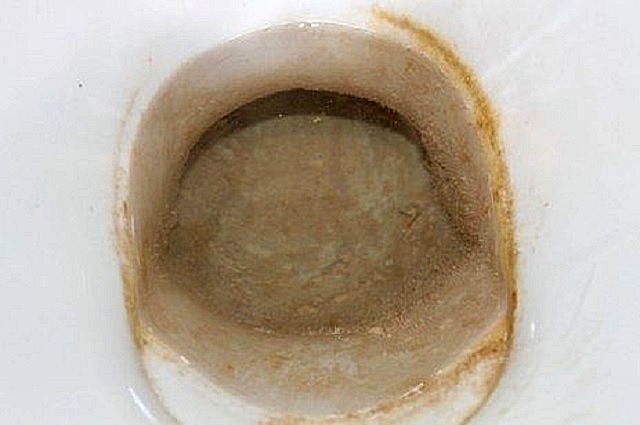
If lime deposits are not removed in a timely manner, this can lead to damage to the toilet.After all, over time, plaque accumulates and begins to penetrate into the functional openings of the plumbing fixtures. This leads to disruption of the normal operation of the product and its failure.
In addition, pathogenic bacteria, mold, and mildew appear on the toilet. This poses a threat to the health of everyone in the household. Therefore, it is necessary to promptly clean the plumbing fixtures and remove existing deposits.
In addition to lime deposits, urinary stones may appear on the walls of plumbing fixtures. This indicates sloppiness - household members are too lazy to drain the water after each visit to the bathroom. Therefore, drops of urine accumulate on the surface of the plumbing fixtures. At first they form unsightly stains, and if they are not removed in time, urinary stones will appear.
Attention! If your toilet has a rough surface, you should think about purchasing new plumbing fixtures, because urinary stone and limescale deposits accumulate faster on such a surface.
How to remove limescale
You can deal with the resulting contaminants using both store-bought and folk remedies. To choose the right cleaning agent, it is important to know what they are. There are three types in total:
- Abrasive powders. Using the powder, you can care not only for the toilet, but also for the water drain tank. The main thing is to remember: abrasive particles can leave small scratches on the surface of the product. Because of this, plaque can accumulate faster. Therefore, after cleaning, you should thoroughly rinse the plumbing fixtures with running water.
- Alkaline substances. They are completely safe for plumbing, gently remove dirt and do not have a strong odor. In addition to the caring effect, they disinfect the toilet.
- Acidic. These are the most effective substances that can cope with even heavy limescale deposits. When using this option, you should prepare gloves, a respiratory mask, and goggles.
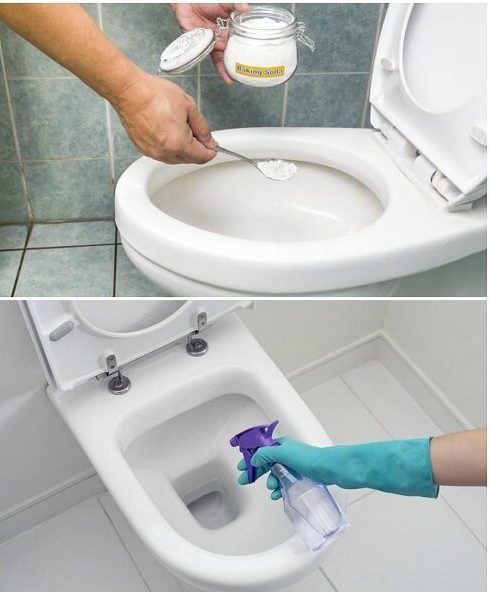
Professional products
There is a wide range of products on sale that are designed specifically for the care of plumbing fixtures. Their advantage is that in addition to cleaning the product, they disinfect and leave a pleasant smell.
The following products are especially popular among housewives:
- Silit. It has a thick, viscous consistency, so it is consumed very sparingly. The product contains hydrochloric acid, so Silit removes even old stains well. But you only need to work with it while wearing gloves.
- "Toilet duckling." The product also contains hydrochloric acid. Perfectly removes plaque and urinary stones. In addition, it is convenient to apply thanks to a specially curved spout.
- Domestos. It has a thick consistency, which means it is used sparingly. Contains acid, so it copes well with plaque.
- Comet. Contains sulfuric acid and therefore requires proper use. It is advisable to wear gloves and a respirator. "Komet" is able to cope even with old deposits.
- "Sanita." One of the most inexpensive drugs. But this does not affect the quality of surface cleaning. The substance removes dirt well from any surface: acrylic, tile, porcelain.
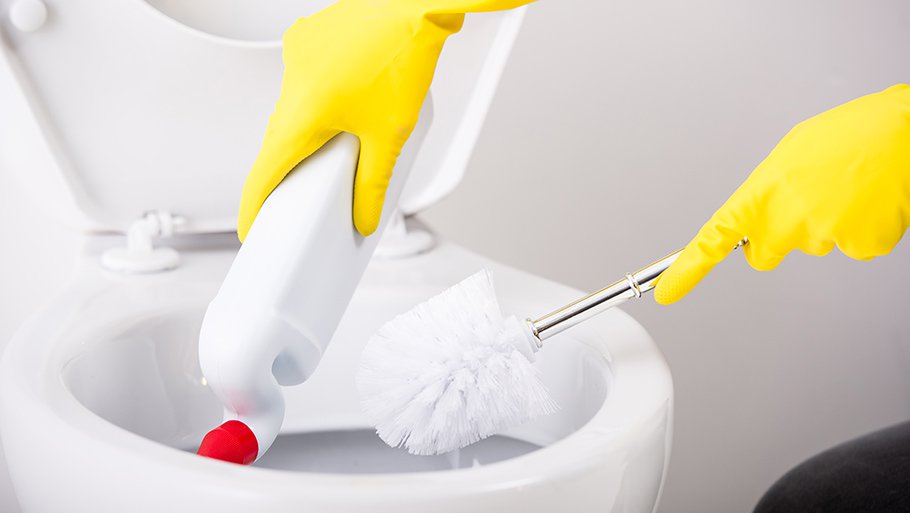
Reference! To not only get rid of plaque, but also to prevent its formation, purchase special tablets for the drain tank. They not only take care of your plumbing and prevent the formation of deposits, but also disinfect and give a pleasant aroma.
Traditional methods
Each housewife can boast of her own way of dealing with dirt and plaque. After all, you don’t need to purchase special products for this - everything can be found at home:
- Coca-Cola. An unusual use of the famous carbonated drink. But any housewife will tell you that Coca-Cola does an excellent job of cleaning the toilet. To remove limescale deposits from plumbing fixtures, pour sparkling water under the rim of the fixtures and leave for an hour. Then you just need to wipe the surface with a soft cloth and rinse with running water.

- Table vinegar. It is necessary to preheat the solution and add one tablespoon of baking soda to it. The composition must be carefully applied to areas where limestone has accumulated and left for 6-9 hours, then rinse the product.
- Lemon acid. One of the most common methods, because it is easy to use. The powder should be poured onto the dirt stains and left for 2-3 hours.
Drastic cleaning methods
To remove old dirt you will need “heavy artillery”:
- Orthophosphoric acid. The substance removes old stubborn deposits and removes rust from the inner surface of the tank and drain mechanism. At the same time, it is safe for the human body.
- Hydrochloric acid. It is a strong substance, so you need to use it carefully - wear gloves, goggles, and a respirator. It is enough to wipe the surface of the plumbing fixtures with a sponge soaked in the solution to dissolve and remove dirt. The product cannot be used if plastic pipes are connected to the plumbing.
- Electrolyte. Can be purchased at any auto store. It is an extremely caustic substance and therefore requires compliance with safety precautions. Will remove the toughest stains, but cannot be used regularly.
How to prevent the formation of limescale
Of course, removing contaminants is quite simple. But it’s even easier to prevent them from appearing. Therefore, you need to follow the following recommendations:
- You should clean the toilet regularly. It is advisable to do this once a week.
- After use, drain the water and use a brush.
- Place special tablets in the drain tank.
- Wipe the seat and surface of the toilet with wet wipes.
Using special products, you can remove even the oldest stains. But it’s much easier not to think about it, not to waste time, but to keep the plumbing clean by doing regular cleaning.

